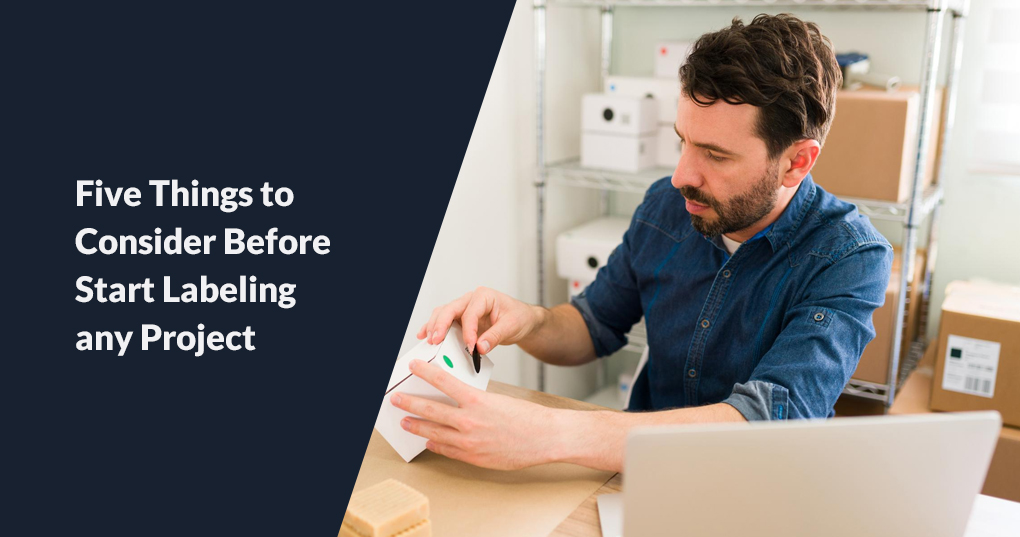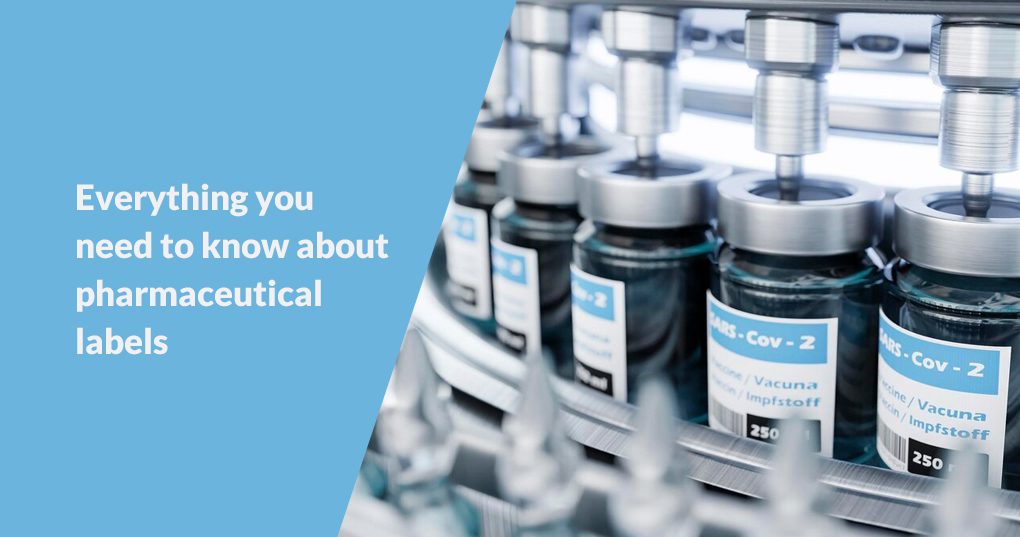
When starting a new project that requires labelling, such as products, packaging, or documents, it is important to plan out your labelling approach beforehand. The label design, materials, application method, and other factors can significantly impact the success and cost-effectiveness of your labelling efforts. As you consider working with leading sticker label manufacturers or the best label printing company for your upcoming labelling needs, keep these five key things in mind.
The first step before finalizing any labelling orders is to fully understand the requirements and regulations for your particular application. Labels have certain mandatory information standards depending on factors like the product type, intended use, distribution channels, export or not for export, and more. For example, food products have strict labelling requirements for ingredients, nutritional information, allergen statements, country of origin, safe handling instructions, and other vital consumer information. Not meeting applicable requirements can lead to severe compliance issues down the road, resulting in litigation or penalties, seizure of inventory, forced product recalls, and damage to the company’s reputation. Beyond mandatory elements dictated by law, supplemental information that would be helpful or essential for customers to see on the label, depending on the specific product, should also be considered. Getting the labelling requirements precisely right from the very start prevents errors, violations, and costly rework later on.
With the wide variety of label materials, spanning paper, film, fabric, metal, and more, available from top sticker label manufacturers, selecting the exactly right material suited for your project is critical. Vital key considerations here include durability needs and expected product lifespan, variety of application surfaces such as glass, plastic, wood, metal, or cardboard, exposure frequency and duration to moisture, sunlight, chemicals, or abrasion during regular use or storage, expected temperature ranges during shipping, retail and consumer use phases, visibility needs and preferences relative to application background colours, compatibility factors with intended printing methods if not purchasing pre-printed stickers, and more. For example, products to be kept in cold or frozen storage for long durations before use require specifically designed freezer labels made of materials proven to adhere properly despite temperature cycles. Discussing every foreseeable application parameter and probable use case with reputable lube label providers ensures you choose a label material that completely meets project needs rather than having to hastily swap out underperforming materials after full production labelling is already underway. This protects against unintended replacement costs down the road.
An effective product label begins with an intelligently designed layout drafted not only for compliance but also for maximum clarity and an optimal user experience. Balance legally mandatory content elements with supplemental customer information in a meticulously well-organized, legible format structured for quick comprehension by consumers. Strategically group related information components together in tidy sections with descriptive sub headers and structure the overall layout in order of importance and customer usage flow. Carefully calculate the ideal text size based on typical product viewing durations and distances from shelf to shelf. Contrast is also crucial for readability, so ensure all text, symbols, logos, and critical details clearly stand out from their respective background colours. A clean, consistent style across label panels also improves professional appearance as well as brand recognition. Most reputable sticker label manufacturers offer template layouts informed by human factors research and industrial design expertise to streamline layout creation significantly for customers on tight deadlines. Investing diligently in a thoughtfully designed label layout and paying keen attention to detail pays major dividends for smooth labelling operations, regulatory compliance, and supremely satisfied stakeholders.
For optimal quality, efficiency, and affordability balanced with project scale, work closely with your chosen label printing firm to determine the best printing method for your labels. Digital printing provides strikingly vibrant, accurate graphics even for shorter print runs, while high-speed flexographic printing effectively handles extremely high volume label orders, potentially numbering in the millions. Before finalizing orders, thoroughly discuss determinative factors like acceptable turnaround times, variability between print batches, best practices for colour matching consecutive runs, label visual aesthetics, and budget targets with your chosen narrow web label printing provider. This ensures you can best leverage specialized options like metallic colour inks, custom mixed spot colours, or special varnishes and finishes to make products stand out on crowded shelves. Considering the pros and cons of each available printing approach well in advance prevents frustrating snags with illegible labels, noticeably mismatched subsequent batches, or late deliveries that can bring production lines to a standstill.
While often overlooked as unnecessary use of product and labour, rigorously testing printed label samples for successful application to final packaging materials during real-world use is time and capital that is very well invested before full production implementation. Methodically trialing labels on the actual surfaces and products that will ultimately bear them allows empirical verification that selected adhesives will reliably perform as expected through reasonable projected shelf life. Specific temperature, surface texture, contours, anticipated exposure frequency to common solvents like water or cleaners, daily sunlight, and other contextual factors can considerably impact label adhesion performance, either positively or negatively at times. A label initially appearing cleanly and smoothly adhered during trials may still fail prematurely later on if not properly vetted under application conditions matching consumer habits and storage environments. Testing also provides workers with experience and refines best practice label application techniques to prevent issues like visible bubbles, corner lifting, or excess adhesive residue around labels on store shelves. Employees greatly benefit in terms of labelling proficiency from hands-on practice with purpose-printed samples hashed out during methodical testing. Paying such keen, diligent attention at this stage to label test performance observations then directly reduces operational mistakes, product defects, and wasted rework volume later on.
With some forethought around key considerations like regulations, materials, design, printing, and testing, both products and customers benefit. Seeking input from knowledgeable labelling partners like leading sticker label or lube labels manufacturers combines industry expertise with an understanding of your particular project needs and parameters. Doing your due diligence in the planning process pays dividends when it comes time for full-scale labelling efforts. It directly translates into saved expenses otherwise wasted on error rework and redesigned labels.
To Read What are Smart Food Labels? – Click Here

Labels and stickers are the most profound part of the logistics industry, as they have a huge impact on supply chain management.

Security stickers and labels come in different versions. It is used to seal a product to maintain its safety and authenticity. Th

The pharmaceuticals industry is rеsponsiblе for thе hеalth of millions of pеoplе. It plays a pivotal role in thе corrеct curе and thе wеll bеing of thе us�

Holograms require specialized technology and equipment to unlock. Counterfeiters tend to avoid products that are secured with hologram labels. They are technical and ha
